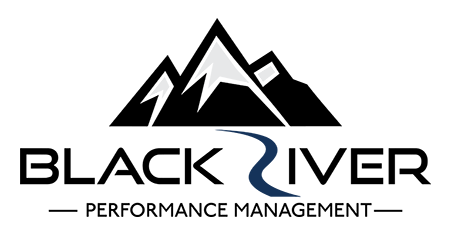Have you ever wondered why you might not be able to find the ideal candidates for your postings? Or, perhaps more accurately, you think you found the ideal candidate but over time they fizzle out? Setting aside the present churn we are seeing in the workplace, if you have had problems securing and maintaining candidates who can successfully and consistently complete all the requirements of a job description, you are not alone! While many people do great work in their roles, many are only successful in certain areas of the job. If you continue to see turnover in very specific jobs, you may need to revisit your job descriptions, after you rule out the leader’s role in the continuous turnover.
Do you remember the Sears Christmas Wishbook? I have fond memories of the catalog’s annual arrival and circling all the stuff I wanted. If you were like me, the list was vast, diverse, and pricey ranging from Legos to boardgames to GI Joe action figures. If you ever crafted a new job description you may be guilty of overloading it, much like how I overloaded my wish list.
One of the limitations I observe while working with clients is that in many cases they build position descriptions like wish lists. They fill the description with a variety of roles and responsibilities, several of which contradict an individual’s capabilities (ex. they want someone outgoing and social to mix with others to promote the organization, but at the same time they want someone that is data-oriented and able to work for long times independently). If we follow behavioral assessments, such as DISC, we know that people have preferences/tendencies in specific areas and deficiencies/aversions (strong word but true) in others. When reviewing job descriptions, I find many of them are a hodge-podge of attributes that don’t typically group well together. It should come as no surprise that the experienced and self-aware person can really make headway in developing skills to overcome deficiencies. For example, I am an introvert; however, due to my teaching, business development, and consulting work I must set aside my introversion tendencies and utilize my mix-and-mingle skills.
What’s the solution? There are several steps a person can take, but the first and easiest is to reflect upon one’s own interests (assuming one has a healthy level of self-awareness) – what do I excel at (often because of interests) and what do I dislike or want to avoid? From there, audit the wish list for similar potential conflicts; do we want a leader that is commanding and reinforces the hierarchical structure of the organization but at the same time a person that wants to be more collaborative, willing to roll up their sleeves and work shoulder-to-shoulder with their people? How about a person that is creative and an outside-of-the-box thinker but at the same time a rule-follower that will abide by “this is how we’ve always done it.” Or, what about the person that is nurturing and supportive of their team, but is hands-off and an expert at delegation? The duplicity is possible, but not necessarily likely, especially if you are drawing more entry-to-mid-level workers.
Other things to consider are the organization’s values, structure, and aspirations. If you need a person that is a collectivist that puts the group or organization’s interests before their own, hiring a trailblazing individualist could be a real problem (don’t be fooled by the wolf in sheep’s clothing, or the charisma of the incapable).
One of the challenges I observe is conflicting priorities baked into job descriptions. They include priorities that don’t align with the strategy, structure that does not fulfill aspirations or values that aren’t reflective of the culture. As you build your next wish list, I hope you will consider what may be merely a wish versus a reality.


